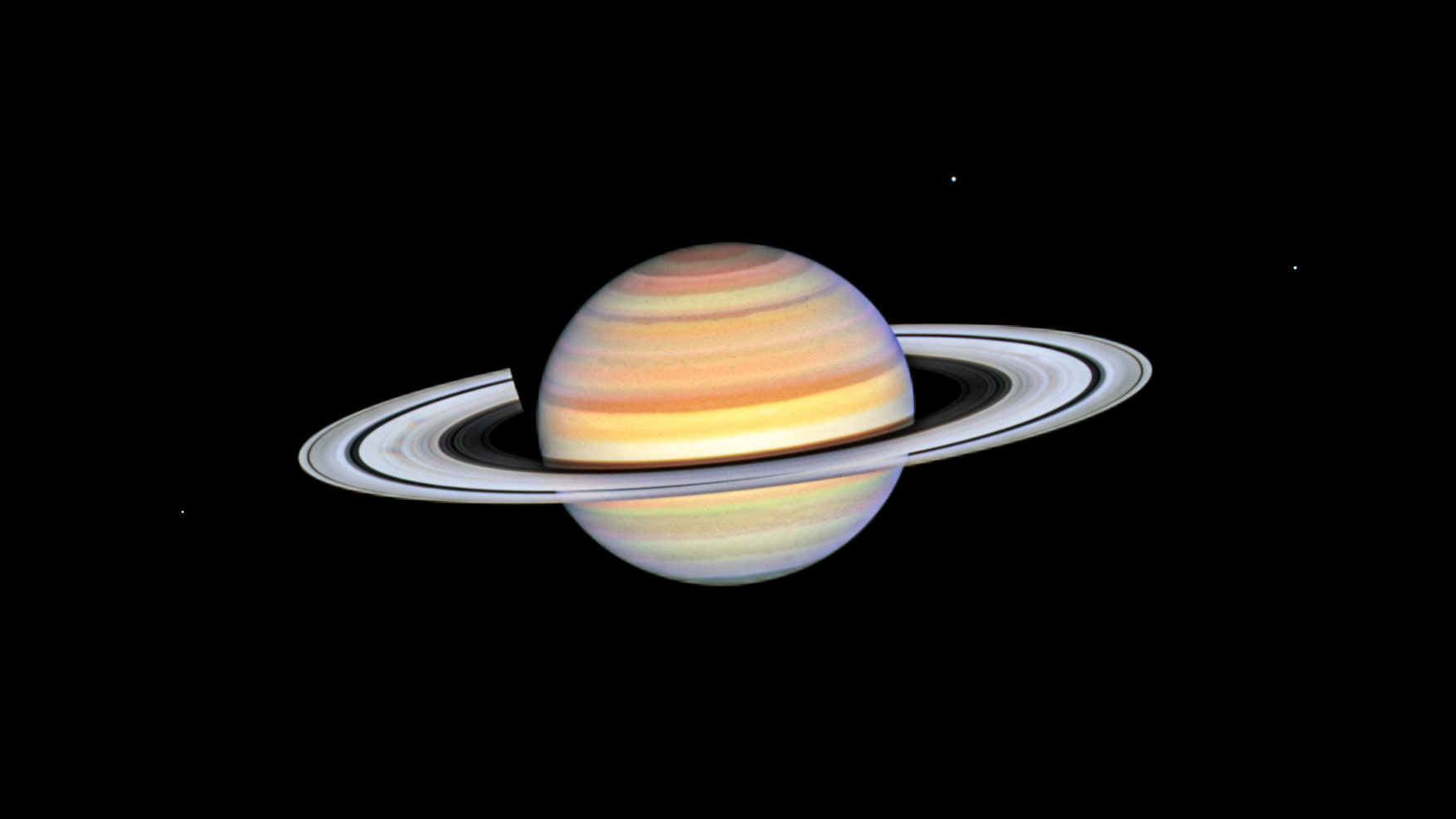3 min read

On this flyby, the Cassini Radio Science Subsystem (RSS) tracked Enceladus through a close pass to determine the nature of the interior beneath the south polar hot spot.
Traveling at 6.5 km/sec (14,540 mph), Cassini flew past Enceladus for a targeted flyby on April 28 (5:10 p.m. on April 27, PDT). Closest approach occurred at an altitude of 100 kilometers (60 miles).
This flyby featured a high-priority RSS gravity experiment to look for mass anomalies associated with the Enceladus plume. The flyby segment began with an RSS observation of a Saturn-solar occultation, both ingress and egress, which was followed by gravity observations that continued as Cassini traveled under the south pole through the plume. These back-to-back observations required almost 30 hours of continuous Deep Space Network support provided sequentially by all three complexes. These observations will be used to look for anomalies indicating the presence or absence of mass concentrations at the south polar region of Enceladus, which may in turn provide insight into the source material for the plume.
This Saturn atmospheric occultation was one of only a few in the mission able to probe Saturn's low northern latitudes. Capturing this latitude range is only possible when the rings do not obstruct the radio signal to Earth. This means that the observation must be performed at a time when Earth lies in or fairly close to the plane of the rings.
The gravity measurement was a key test for two different hypotheses about the interior of Enceladus. One theory is that a global ocean exists beneath a thin ice crust. Another argues that there's a diapir - upward intrusion of a rock mass into overlying rock - underneath the active south polar terrain that is the source of the moon's plume. After passing Enceladus, RSS continued to monitor the spacecraft trajectory as a baseline for comparison with the flyby results.
The Magnetosphere and Plasma Science (MAPS) instruments collected data as the spacecraft passed through the plume, the Magnetospheric Imaging Instrument and the other fields and particles instruments investigated the electron environment around Enceladus, and sought to measure local gradients in the magnetic and electric fields, and in electron beams moving towards Enceladus. The Radio and Plasma Wave Science (RPWS) instrument searched for evidence of local ionization in the plumes, and measured plasma waves and other interactions of Enceladus with its magnetic environment. RPWS also determined the amount and size of dust particles from vents contributing to the plume.
Date
April 28, 2010
Altitude
62 miles (100 km)
Speed
15,000 mph (6.5 km/sec)







